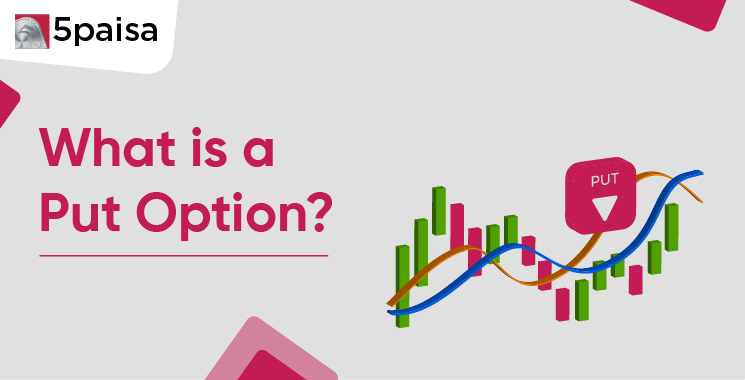Content
- Introduction
- What is a put option?
- Features of Put Options
- How a Put Option Works
- Factors That Affect a Put's Price
- Alternatives to Exercising a Put Option
- Example of a Put Option
- Why sell a put option?
- Advantages of buying put options
- How To Trade Put Options in India?
- Put options vs call options
- The Bottom Line
Introduction
The feasibility of financial investment is a trade-off between the risk associated and the return on investment. While the risk accompanied by equity instruments is relatively high, investors may choose from various available products. Among them, futures and options are the riskiest. Consequently, the probability of return (negative or positive) is the highest for such products.
More Articles to Explore
- Difference between NSDL and CDSL
- Lowest brokerage charges in India for online trading
- How to find your demat account number using PAN card
- What are bonus shares and how do they work?
- How to transfer shares from one demat account to another?
- What is BO ID?
- Open demat account without a PAN card - a complete guide
- What are DP charges?
- What is DP ID in a demat account
- How to transfer money from demat account to bank account
Disclaimer: Investment in securities market are subject to market risks, read all the related documents carefully before investing. For detailed disclaimer please Click here.
Frequently Asked Questions
You can profit from a put option if the underlying asset's price is less than the strike price on or before the expiry date. Thus, you will sell the underlying asset above the market price.
You may exercise the option on expiry and sell the stock on expiry. Alternatively, you can sell the put to another buyer before expiry at market price.
In-the-money options: The exchange automatically exercises options that are in-the-money on expiry.
Out-of-the-money options: These options will expire worthlessly. Premium paid is a cost for the buyer.




